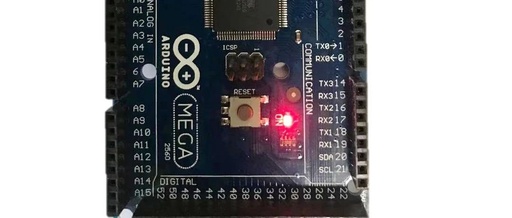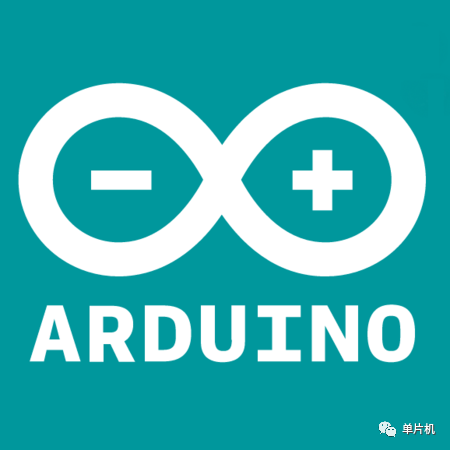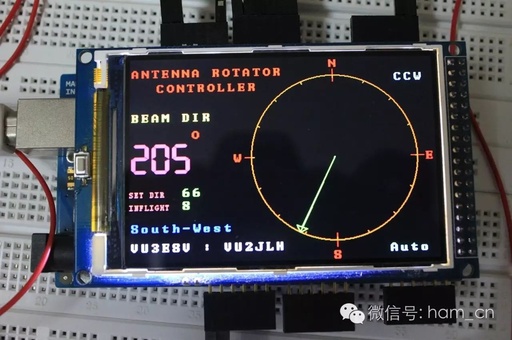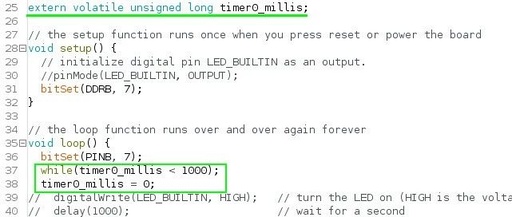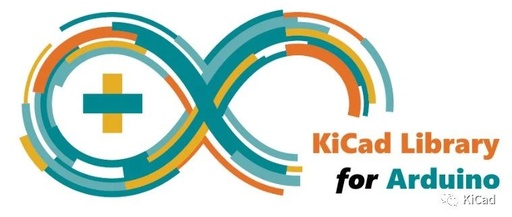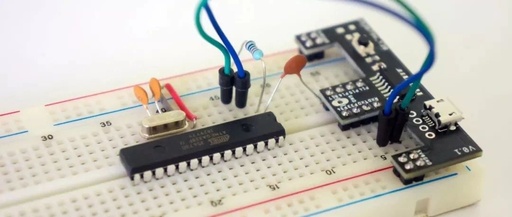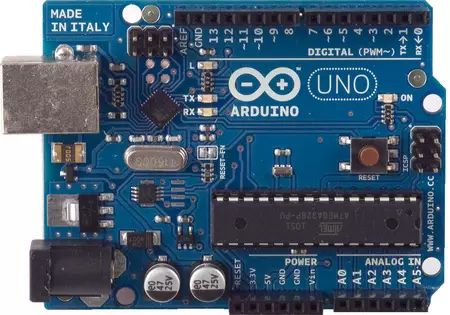Programming Arduino with LabVIEW: A Comprehensive Guide
Can You Program Arduino with LabVIEW? LabVIEW’s graphical programming is simple and easy to use, making it accessible for many engineers. The promotion of open-source hardware (such as Arduino) has allowed more and more enthusiasts to engage in DIY projects, creating small planes, robots, and IoT applications. Being able to use LabVIEW to program open-source … Read more
